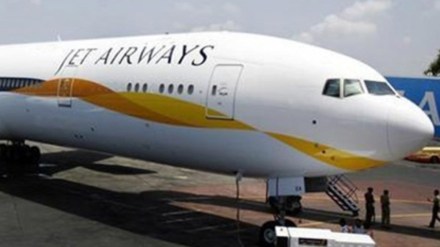The Supreme Court’s (SC) order to liquidate Jet Airways will not have any material impact on the country’s aviation sector as the airline was grounded in 2019. Another airline, Go First, which had filed for voluntary insolvency on May 2, 2023, is also close to being liquidated with its committee of creditors recommending the same, but the final decision is stuck with the National Company Law Tribunal (NCLT). The general apprehension that with Jet or Go First not flying, the civil aviation sector would become a duopoly and fares would skyrocket with consumers being left at the mercy of the carriers, hasn’t exactly come true. If two carriers died, a new one — Akasa — was born, and its prospects look promising. The civil aviation ministry is also proactive — the moment fares start rising abnormally, an advisory is enough to rein in the profiteers.
So the problem is not the carriers dying and fares shooting up. The problem is India’s much-vaunted insolvency resolution process which has led to inordinately long delays in either the resolution plans getting approvals, or in taking the final decision regarding liquidation of firms in cases where revival plans do not work. The Jet case is a prime example. It went bankrupt in 2019 and the committee of creditors (CoC) approved the resolution plan in 2020. Thereafter issues relating to non-payment by the successful resolution applicant (SRA) and the CoC changing its mind, led to prolonged litigation, with the National Company Law Appellate Tribunal (NCLAT) ordering in favour of the SRA. With lenders challenging it, the SC finally overturned its order. Such long delays are not an exception but have almost become a norm. The corporate insolvency resolution process (CIRP) against Jaypee Infratech was started way back in 2017, however, the final nod by the NCLAT to the SRA was accorded only in June this year. Interestingly, a SC-monitored plan of Amrapali Group’s housing projects in the National Capital Region, outside the CIRP, saw a much faster resolution.
According to the Insolvency and Bankruptcy Code (IBC), 2016, a resolution process must be completed by 180 days, with the NCLT having the power to extend it to a maximum of 330 days. If there is no resolution even at the end of 330 days, the NCLT has to order liquidation of the company. However, as of March, the average time taken by courts for approving the resolution plans is more than 600 days. And this is happening even as the government and the Insolvency and Bankruptcy Board of India are constantly coming out with a number of suggestions and amendments to fine-tune the process. As of March, the IBC has helped recover around Rs 3.3 lakh crore, against admitted claims of Rs 10.46 lakh crore, which reflects an overall recovery rate of 32%. While this is an improvement over FY20 to FY22, structural and procedural issues continue to impede the IBC’s aim of both maximising value and timely resolution.
Apart from the companies concerned gaming the system and leveraging the legal loopholes, a big problem is the inconsistent interpretation and application of law by the NCLT and NCLAT. Despite the SC ruling that the CoC is supreme in matters of commercial wisdom and its decisions cannot be overruled by the tribunals, this does not seem to be happening. The apex court should ensure that the NCLT and the tribunal stick to the letter and spirit of the law.
